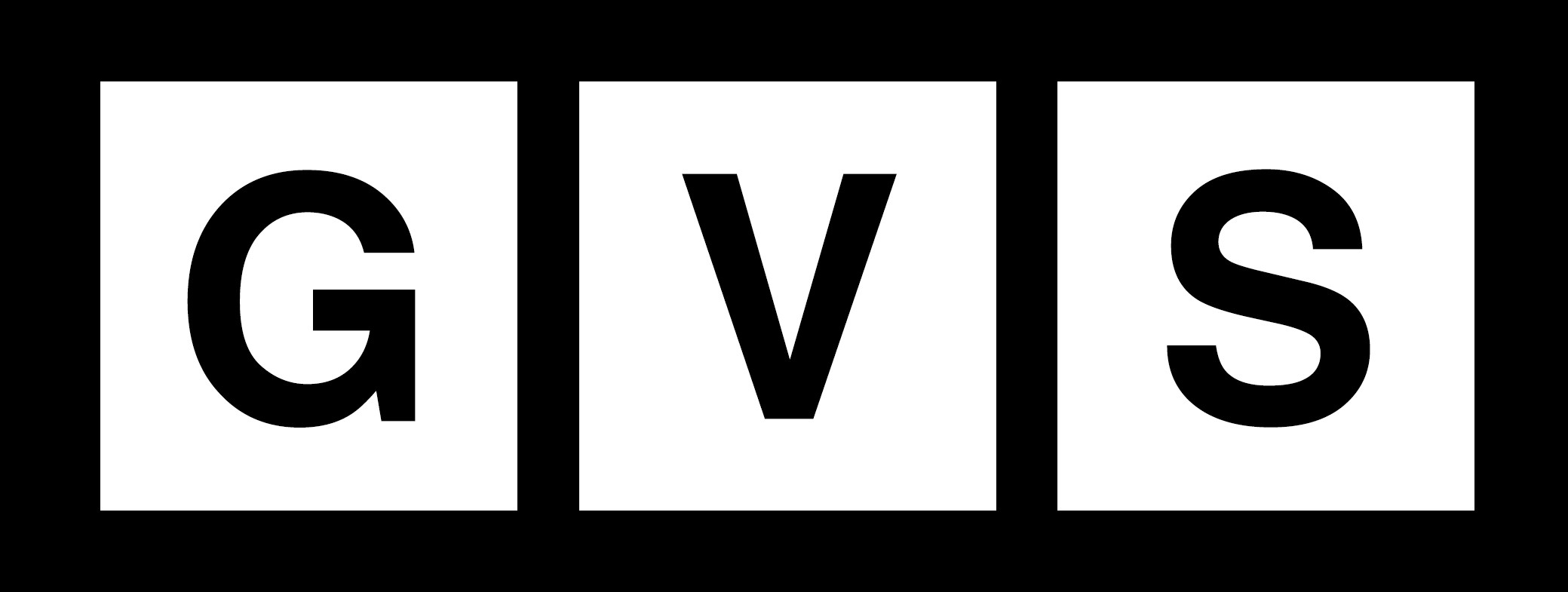Iran is once again considering relocating its capital from Tehran, a city plagued by severe traffic congestion, air pollution, water shortages, and even subsidence—the gradual sinking of the land. While the idea has been floated multiple times since the 1979 Islamic Revolution, financial and logistical challenges have always led to its dismissal.
However, reformist President Masoud Pezeshkian, who took office in July 2024, has revived the proposal, arguing that Tehran’s problems are worsening and that relocating the capital may be the only viable solution. The government has identified the Makran region, a coastal area on the Gulf of Oman, as a potential new capital.
Why Makran?
Makran, which spans Iran’s underdeveloped Sistan-Baluchistan and Hormozgan provinces, has been repeatedly touted as a prime candidate for the capital’s relocation. Foreign Minister Abbas Araghchi recently called it “the future economic hub of Iran and the region,” while President Pezeshkian has argued that moving the country’s economic and political centre to the south could unlock new opportunities for development.
Read More: Israel PM says ‘will finish the job’ against Iran threat with US support …
Situated along the Gulf of Oman, Makran offers strategic access to international waters, positioning Iran to compete with key regional ports like Dubai and Pakistan’s Gwadar. Proponents believe it could help Iran reassert its role in the Persian Gulf and boost the nearby coastal city of Chabahar, despite international sanctions.
Opposition and Skepticism
Despite the renewed push, the idea faces strong opposition. Tehran, designated as the capital in 1786 by Agha Mohammad Khan Qajar, has served as Iran’s political, cultural, and administrative centre for over two centuries. Critics argue that its deep-rooted historical and strategic importance cannot be easily replaced.
Urban planning professor Ali Khaksar Rafsanjani has warned against relocating the capital to Makran, citing its vulnerability to climate change and natural disasters such as flooding and storms. “Tehran is safer in emergency and wartime situations,” he told the reformist newspaper Etemad. Others argue that Tehran’s issues could be resolved with targeted investment rather than an expensive and disruptive move.
Financial and Environmental Challenges
Relocating Iran’s capital would be an immense undertaking, both financially and logistically. In April 2024, then-Interior Minister Ahmad Vahidi estimated that such a move could cost around $100 billion. The process would require the construction of government buildings, extensive infrastructure development, and provisions for the millions of people who currently live and work in Tehran.
Beyond financial concerns, the Makran region presents environmental risks. Rising temperatures, declining rainfall, and fragile ecosystems pose significant challenges to large-scale urban development. Ecologist Hossein Moradi has warned that these factors could limit the region’s long-term sustainability.
Read More: Iranian supreme leader urged to revoke fatwa on nuclear weapons …
While Tehran struggles with overpopulation and pollution, the debate over moving the capital remains unresolved. Supporters see the shift as an opportunity to boost Iran’s economic and geopolitical standing, while opponents argue that the government should focus on fixing Tehran rather than abandoning it.


